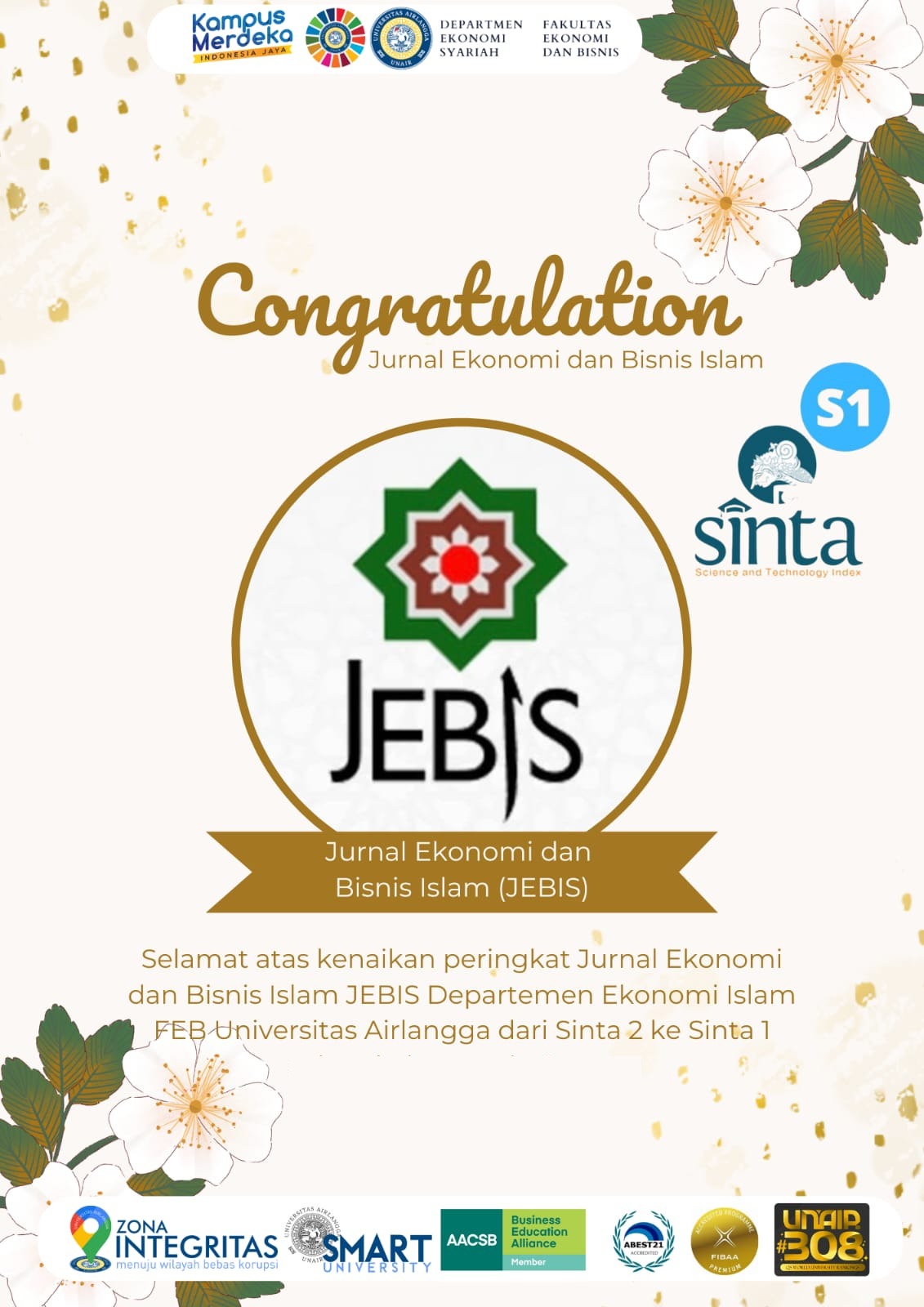BUSINESS MODEL FINANCIALLY VIABLE FOR A RADIO FREQUENCY IDENTIFICATION (RFID) APPLICATION TO HALAL FOOD SYSTEM
Downloads
Recently, the halal concept has acquireda raising attention. This is as a result of the number of global Muslim population increasing annually. Halal concept has become more popular since Halal food consumers more aware and concern about the integrity of Halal status. Consumers also inquisitive about all the activities involved along the supply chain whether the products that they purchasedwere truly Halal. In order to accomplish the intent to furtherdevelop halal sector, something need to be done tointroduce a comprehensive and suitable tracking and tracingtechnology for the sustainability of thehalal product integrity. So, a proper technological framework that can support the entiresupply chain of halal product process is needed.This paper discusses a financially viable business model for a Radio Frequency Identification(RFID) application to a halal food traceability system. We use a case study of RFID implementation in thechain of convenience stores from previous research. RFID will give benefits for integrity of the Halal Supply Chain by branding of the trustworthy of the "Halal” itself. For the economic aspect, RFID give advantage not only in responsess to the product availability and customer's satisfaction but also real time information about demand.
Keywords: Financially viable; Halal Supply Chain integrity, RFID, Traceability
- Every manuscript submitted to JEBIS must obey to the policy and terms set by Journal of Economics and Business Islamic.
- Publication rights on the contents of manuscript published by JEBIS is owned by JEBIS under consent and approval by the corresponding author(s).
- Full text of electronic publication of manuscripts can be accessed free if used for the purpose of education and research according to copyright regulation.
- Share ” copy and redistribute the material in any medium or format
- Adapt ” remix, transform, and build upon the material
- You must give appropriate credit, provide a link to the license, and indicate if changes were made. You may do so in any reasonable manner, but not in any way that suggests the licensor endorses you or your use.
- You may not use the material for commercial purposes.
- If you remix, transform, or build upon the material, you must distribute your contributions under the same license as the original.
Creative Commons Attribution-NonCommercial-ShareAlike 4.0 International License.





.png)















